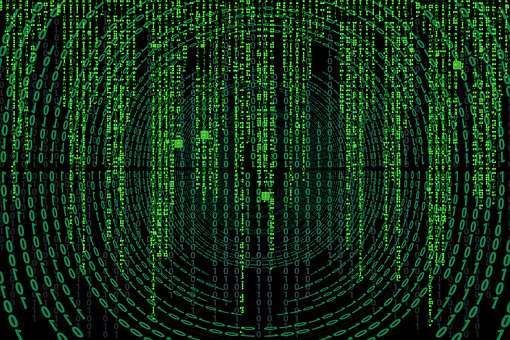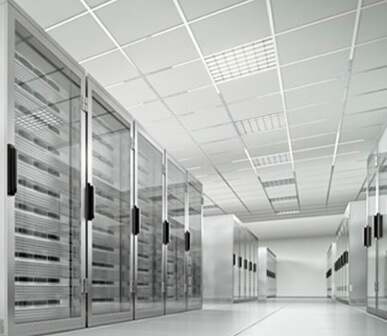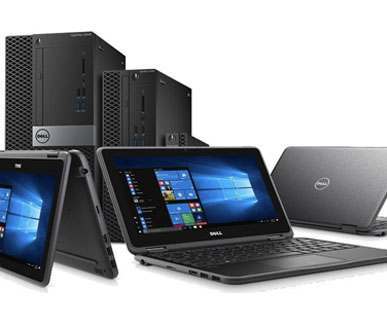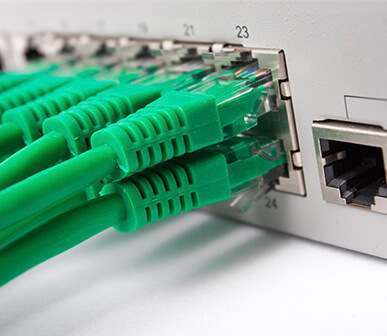Coupling Data Storage Growth with Circular Economy in the IT Space: Can You Justify Always Buying New?

LinkedIn founder Reid Hoffman said recently: “[…] if Web 1.0 involved go search, get data and some limited interactivity, and if Web 2.0 involves real identities and real relationships, then Web 3.0 will be real identities generating massive amounts of data.”
Make no mistake about it: we’re living in the information age. Look back in history to when we moved from the industrial to the information age, and what our vision of the future was. We never imagined the exponential growth of data which is currently taking place. Hoffman’s statement is only the tip of the iceberg when it comes to the proliferation of data.
Sustainability is now something we need to consider for future generations, which is where the concept of decoupling comes in. This is based on economic growth without environmental degradation, and it means growth without increased resource consumption. This model is now accepted as essential to creating a sustainable future.
Here’s an example of decoupling. As demand grows for products and services, especially with an explosion of growth from emerging markets and the growth and demands of the middle class in these economies, we would expect manufacturing and supply chains to grow and resource consumption to grow. Economic growth is currently coupled with natural resource consumption and environmental damage.
Let’s say Marks and Spencer want to grow their clothing business but do not want to increase their natural resource consumption of water, cotton, dyes, etc. They want to create a sustainable future for their business and they have genuinely connected with the values of creating a sustainable planet for future generations. They can “decouple” by creating a sustainable clothing line through reusing cloth materials via a used clothing collection and consolidation points around the UK. They have connected their values with their customers who also want to reuse rather than throw away. Their customers can return unwanted and used clothes for reuse of materials. This is just one example of decoupling.
How do we really decouple human well-being from resource consumption?
This question is at the heart of many global sustainability initiatives. Although it makes sense to try and make these two concepts (human well-being/environment and human/resource consumption) independent of one another, can they ever really be mutually exclusive? Can they truly be “decoupled”? Our belief of “coupling” the need for economic growth and the circular economy goes to the heart of what Reuse Technology Group is all about.
However, doesn’t that mean we shouldn’t focus on decoupling at all, but rather change the coupling parameters. Instead of the natural coupling of growth/consumption with the degradation of human well-being/the environment, we can couple growth/consumption with the circular economy (reuse and recover initiatives). This simply takes one coupling process to another. I would argue that decoupling is not what we need; “re-coupling” is required instead.
So what if we thought about it in a different way? What if we focused our minds on the concept of re-coupling? The idea of re-coupling growth with the circular economy and coupling with a reuse model is now the norm.
Let’s examine data growth through this lens. It’s expected that over the next 2 years our planet will generate more data that needs to be stored, accessed and analysed than the entire period of history preceding our present day (December 2017).
We have data being pushed from our smartphones, laptops, desktops, GPS, highway cameras, IoT’s from our boilers to baby monitors, big data amalgamation and Edge data centres. Developing countries, which have never had mass usage of laptops and desktops, have seen exponential growth in smartphone usage with all the data being collected, shared and stored. Businesses migrating to cloud all require their data to be backed up and stored.
Almost any activity will involve some kind of data generation and storage requirement, whether it is in a domestic, work or educational setting. The data that is moved around the globe via the conduits of the internet and stored somewhere in large repositories will all need physical hardware to create the “plumbing” of the internet. Storage facilities need to accommodate this unimaginable growth in data and storage.
So the next question is: can we support this growth and its hardware needs with our current procurement model of new only?
If new only is not a sustainable model to support exponential data and storage growth, should we not already be thinking of refurbished hardware as a key driver to sustainability in this increasingly expanding space? Are we about to reach the tipping point of coupling data growth and storage with refurbished hardware as a necessity rather than a “would like to have”?
These are important questions that we as business consumers and industry vendors must ask ourselves, and we need to find ways to unpick the conundrum of whether to buy new or reuse. It is this fork in the road that will determine how we all manage the deluge of data growth (and all its implications) alongside maintaining our sustainability and, indeed, financial goals.
Our takeaway from this article should be: “Let’s start a conversation.”
Copyright (Arjoon 2017)











